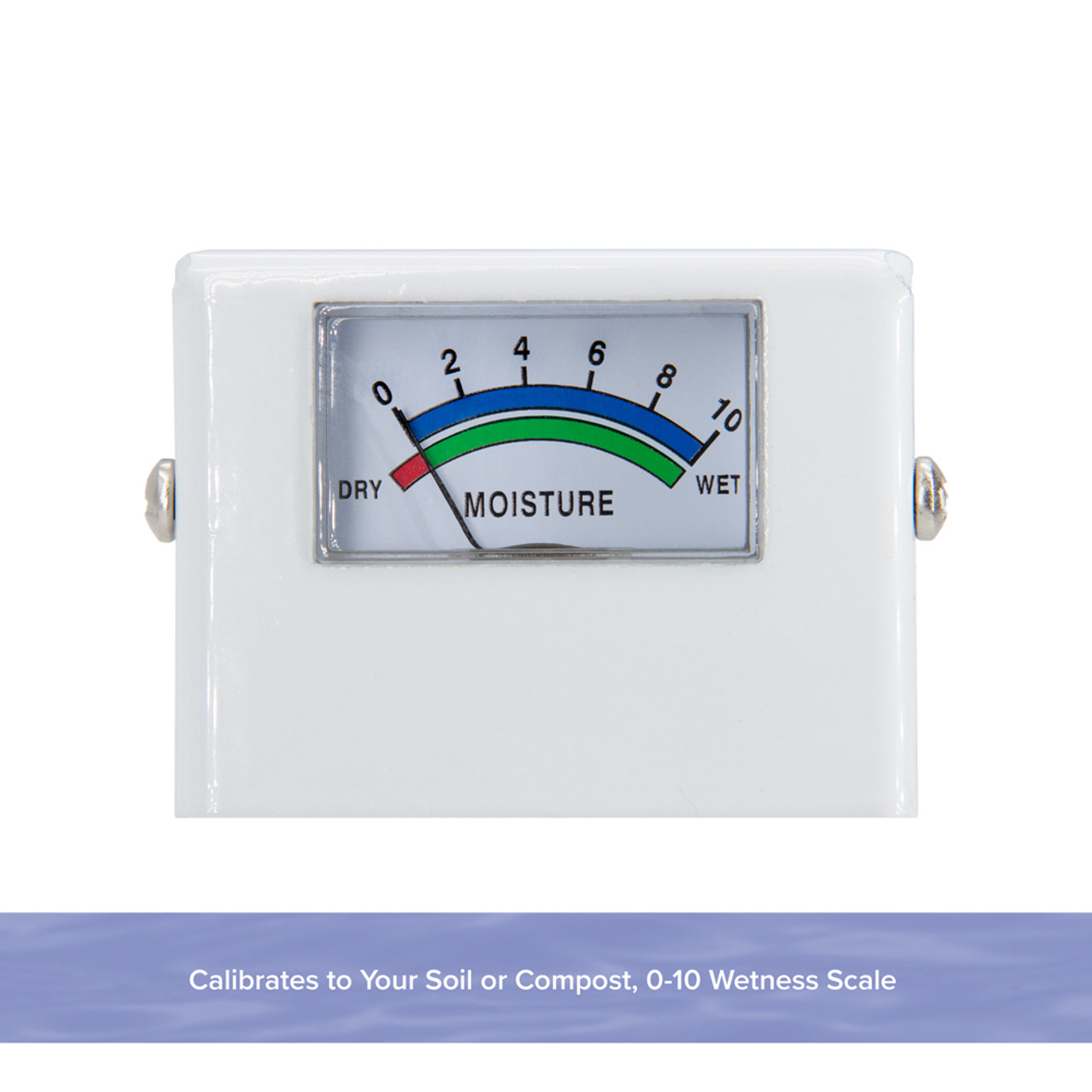Why Every Property Owner Needs a Moisture Meter: Key Benefits and Functions
Why Every Property Owner Needs a Moisture Meter: Key Benefits and Functions
Blog Article
Comprehending the Value of a Moisture Meter in Stopping Mold and Water Damage in your house
In the realm of home upkeep, the presence of dampness can often be a silent yet powerful enemy, efficient in creating pervasive mold growth and perilous water damage if left uncontrolled. In the middle of the relaxing ambiance of a house, hidden moisture concerns can make beneath the surface, posing a risk to both home and health. Equipped with the right tools and knowledge, property owners can proactively fight these potential hazards. Comprehending the value of a wetness meter in this fight is not just an option yet a calculated necessity.
Significance of Moisture Detection
Reliable wetness detection techniques are essential for guarding homes and preventing possible mold and mildew development and water damage. Dampness can seep right into different building materials, leading to architectural concerns and health hazards. By using a wetness meter, homeowner can proactively recognize locations vulnerable to excess moisture, enabling prompt treatment and mitigation methods.
Moisture meters supply accurate readings of dampness levels in different materials such as concrete, wood, and drywall. This data aids in identifying areas of worry, even in hard-to-reach or concealed locations. Early detection of wetness buildup makes it possible for prompt fixings or changes to avoid more damage.

Exactly How Moisture Meters Job
Moisture meters play a crucial duty in the proactive recognition of excess wetness, helping in the prevention of potential mold growth and water damages by giving precise analyses of wetness degrees in numerous building materials. These tools work based upon various concepts, depending upon their kind. Moisture Meter. Pin-type wetness meters, as an example, have 2 pins that pass through the product to gauge the electric resistance in between them. When moisture is present, it enhances the material's conductivity, resulting in a lower resistance reading. Pinless wetness meters, on the other hand, usage electromagnetic sensing units to scan the material without creating damage. These sensors discharge electromagnetic signals that permeate the material and measure the dielectric homes, suggesting dampness web content. Some advanced wetness meters pin both integrate and pinless modern technologies for detailed moisture detection. Comprehending how moisture meters function is important for timely and exact wetness degree evaluations, making it possible for effective safety nets against mold and mildew and water damage.
Finding Early Indication
Upon initial inspection of a property, identifying refined indicators of excess wetness becomes essential in the early discovery of potential mold growth and water damages. Some usual very early caution indications consist of stuffy smells, water spots on wall surfaces or ceilings, peeling paint or wallpaper, and deformed or discolored surface areas. Stuffy smells commonly suggest the visibility of mold and mildew or mold, also if no noticeable signs are evident. Water discolorations can signal leakages or seepage, while peeling off paint or wallpaper may be a result of moisture jeopardizing the bond visit the site of these products to the surface. Deformed or discolored surfaces, such as bending floorboards or discolored drywall, are clear indications of water damages. Additionally, an increase in allergic reaction signs and symptoms or respiratory concerns among residents might recommend the visibility of mold because of excess wetness. By promptly identifying and attending to these early indication, homeowners can reduce the risk of comprehensive mold and mildew development and water damages in their residential or commercial properties.
Protecting Against Mold Growth
Recognizing very early caution signs of excess wetness within a home not only allows punctual discovery of possible mold development and water damages yet additionally offers as a positive procedure in preventing the proliferation of mold. To properly stop mold and mildew development, it is crucial to attend to any type of resources of dampness without delay.
Keeping track of moisture levels in locations prone to moisture, such as cellars and crawl areas, making use of a wetness meter can likewise help in very early discovery of elevated wetness degrees and potential mold and mildew development - Moisture Meter. By taking positive procedures to avoid excess wetness and mold development, property owners can protect their residential or commercial property and interior air quality.
Advantages of Routine Surveillance
Routine monitoring of dampness levels in a building can play an essential duty in preserving a healthy interior environment and stopping potential mold and mildew and water damages. By on a regular basis checking wetness degrees, house owners can identify any issues without delay and take required actions to stop mold growth and water damages.
Moreover, routine tracking click this enables homeowners to track patterns and trends in moisture levels over time. By establishing a standard and tracking changes, people can determine any kind of locations of concern or prospective vulnerabilities in the home's structure. This data-driven method makes it possible for targeted interventions and upkeep efforts to resolve underlying concerns before they intensify into more substantial issues. Eventually, the regular tracking of moisture degrees encourages homeowners to protect their home, secure their health and wellness, and maintain the integrity of their indoor atmosphere.

Conclusion

By using a dampness meter, building proprietors can proactively identify areas vulnerable to excess wetness, enabling for prompt intervention and reduction approaches.

Keeping an eye on dampness degrees in areas vulnerable to wetness, such as basements and creep spaces, utilizing a dampness meter can also assist in early discovery of elevated moisture degrees and potential mold development. (Moisture Meter)
Report this page